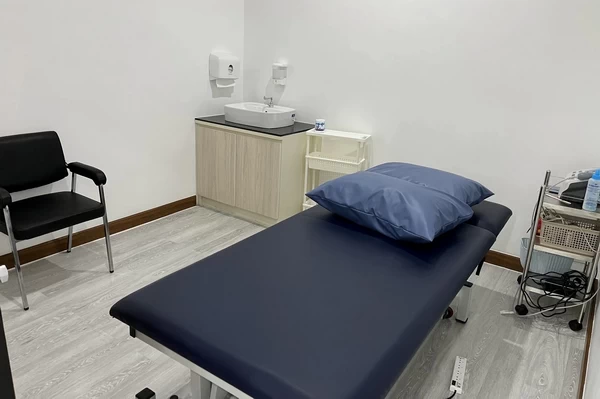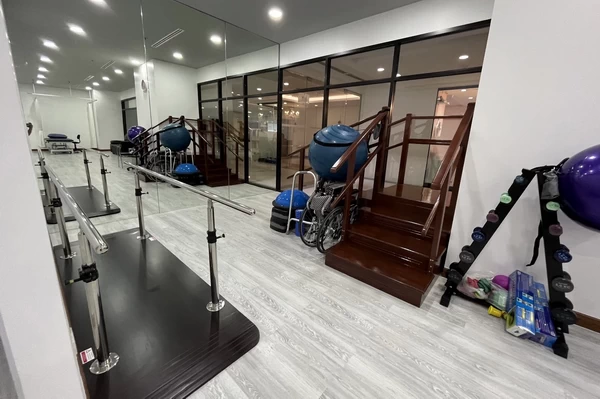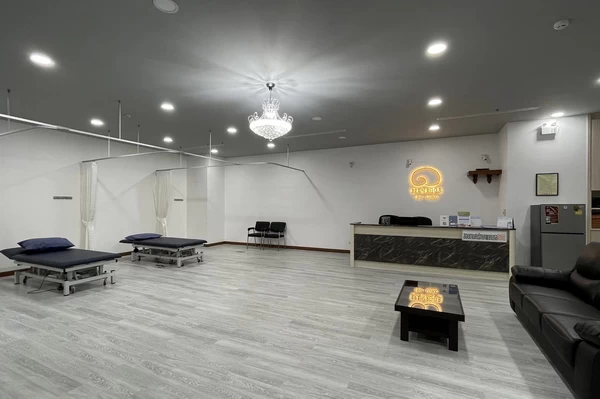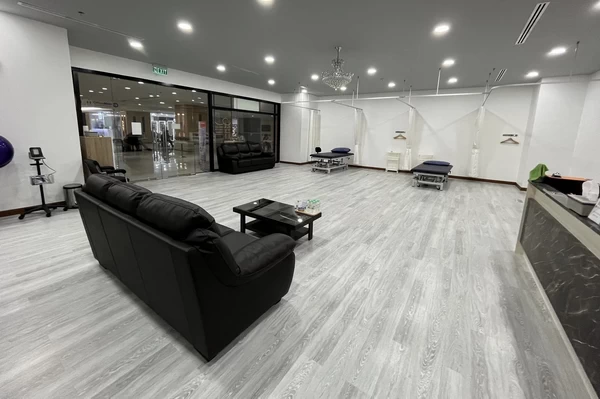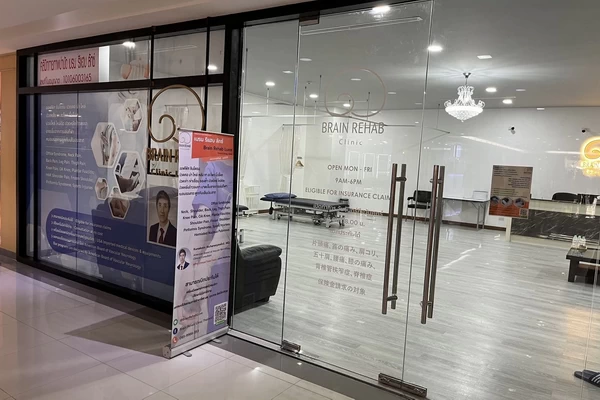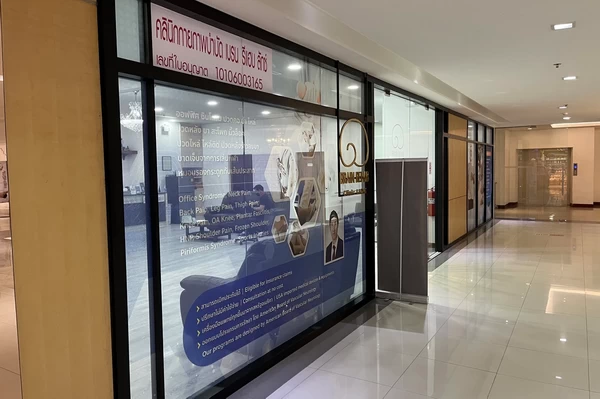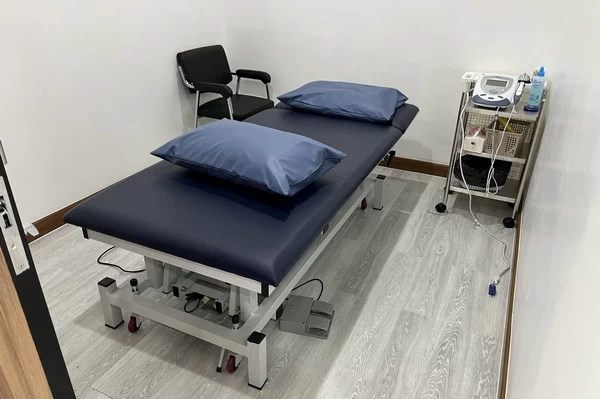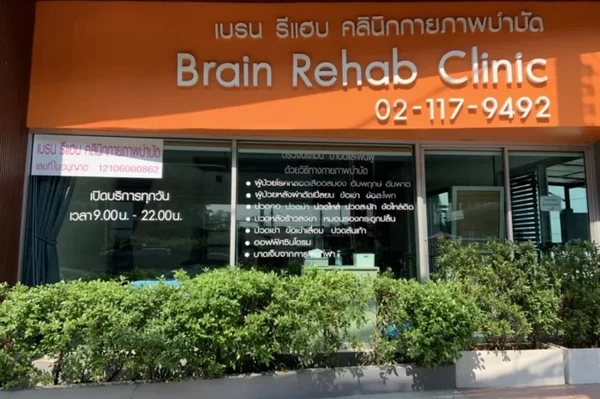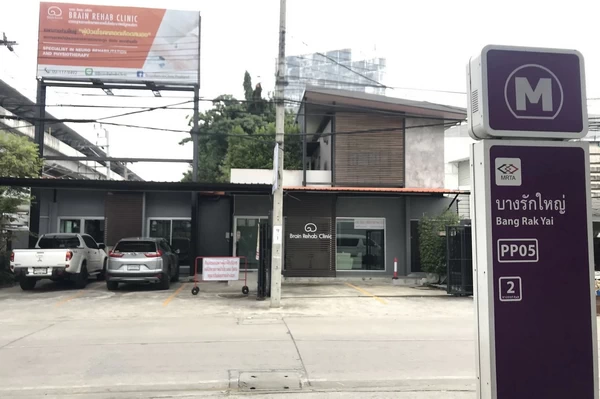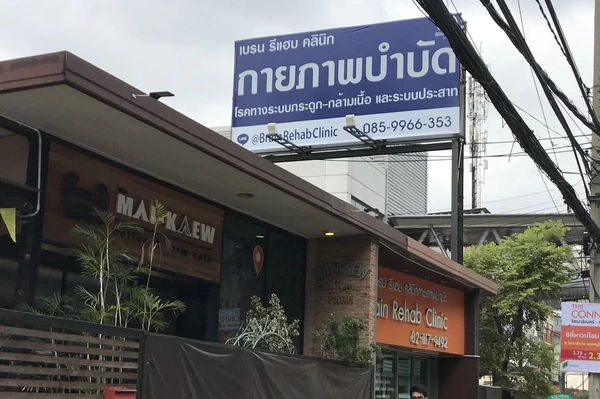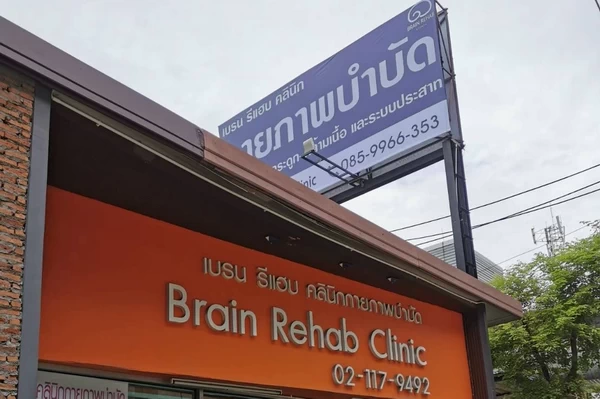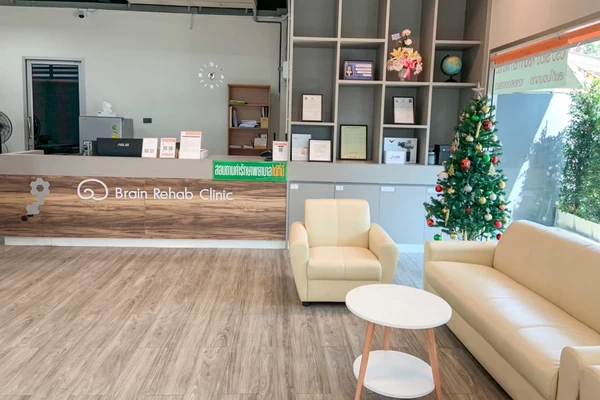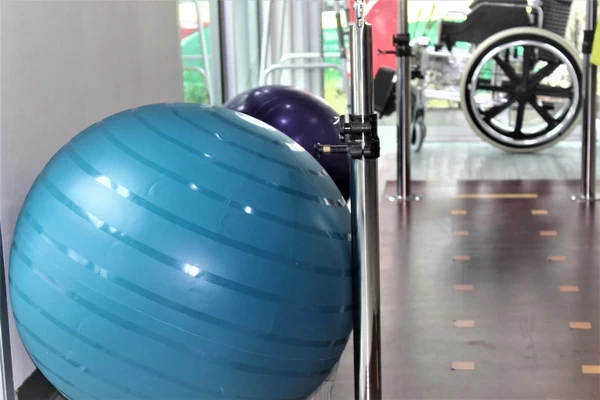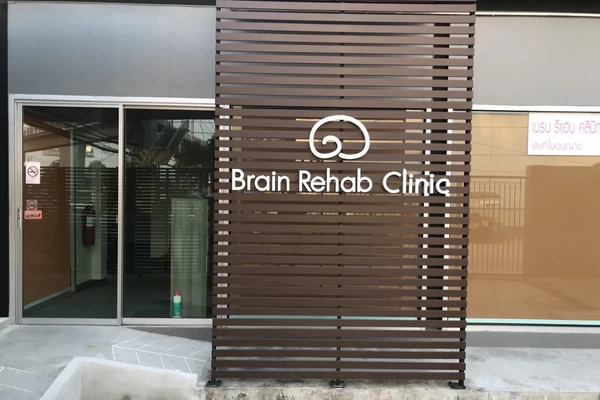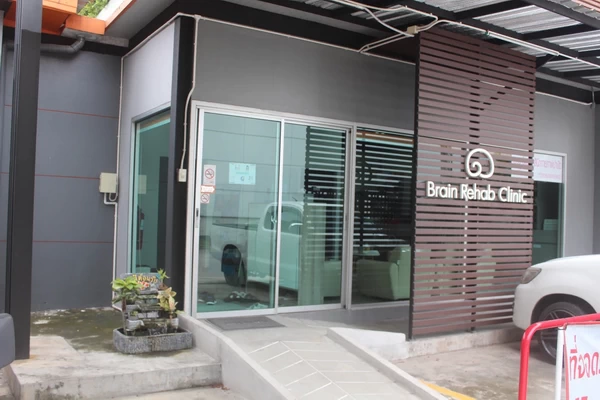Pricing

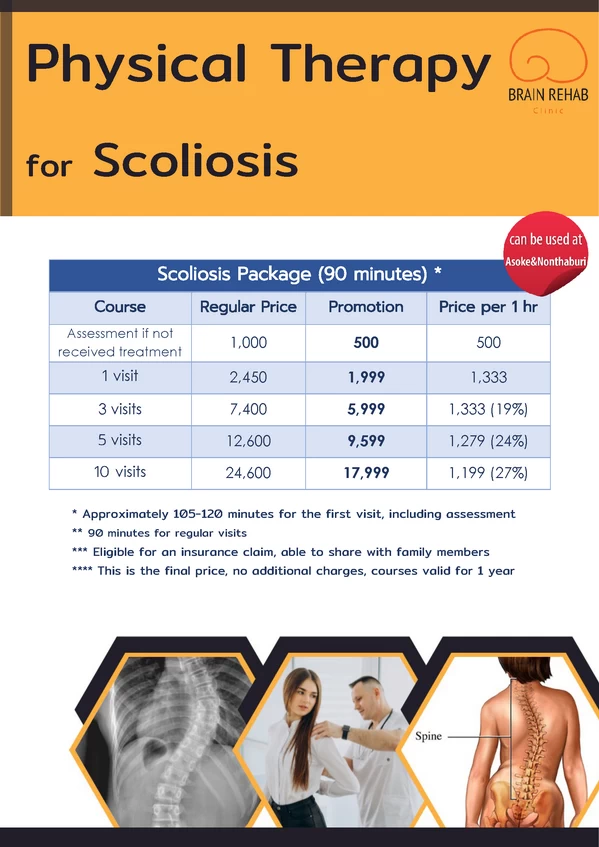
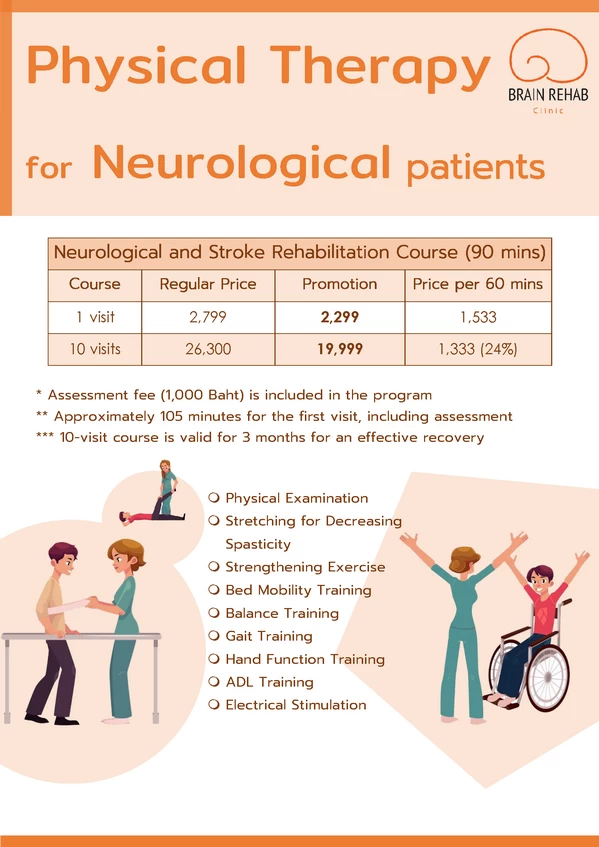

Assessment

Ultrasound
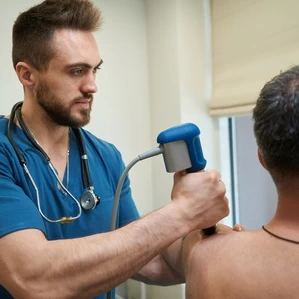
Shockwave
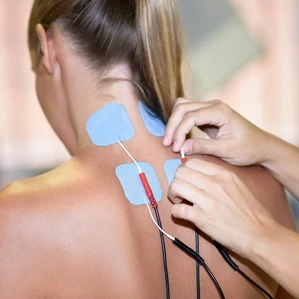
Electrical Stimulation
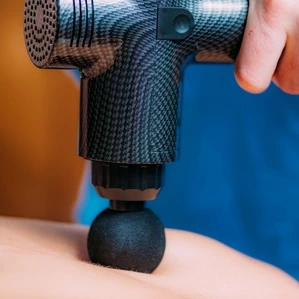
Gun Massage
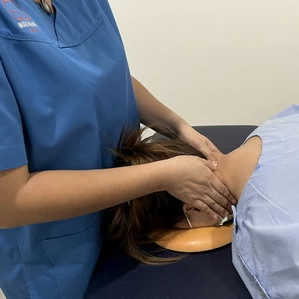
Joint Mobilization
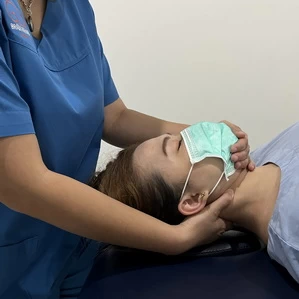
Manual Traction

Stretching
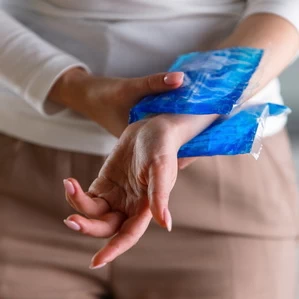
Hot/Cold Compress

Exercises

Home Program

Posture Correction
FAQs
What is Physical Therapy?
Physical therapy is a modern medical practice focused on treatment, promotion, prevention, and holistic rehabilitation to improve the quality of life for patients. It helps alleviate pain, enhance movement efficiency, and restore physical function from injuries or diseases, without the need for medication and avoiding surgery. The treatment process is divided into three main steps:
Manual Techniques: These include hands-on techniques that are continuously trained and practiced, such as joint mobilization to increase flexibility, manipulation to align joints, and stretching to release muscle tension.
Modalities: The use of therapeutic equipment to reduce pain and strengthen muscles, such as shockwave therapy, ultrasound, and electrical stimulation.
Exercises: Once pain is reduced, exercise is incorporated to improve flexibility and muscle strength, as well as prevent re-injury. In the case of stroke patients, exercise focuses on specific areas to restore body function, such as training core muscles and lower body muscles for those with walking difficulties.
Physical therapy enables you to move confidently, reduce pain, and enhance your overall quality of life.
Why Brain Rehab Clinic?
Patients can contact us 24/7 via WhatsApp, Line or Phone regarding their issues. Besides, we provide continuous follow up on symptoms, treatment progress, as well as giving advices on basic self-care until the next appointment.
Additionally, both our Asoke and Nonthaburi branches offer free parking and are conveniently located near sky train (BTS) or subway (MRT) stations.
What is the difference?
Our physiotherapists have more than 10 years of work experience. We assure that patients will receive the best and safest treatment.
Do you have 8-step treatment?
No, we choose the right treatment methods for each patient’s condition, such as electrical stimulation is not suitable for every case, so we take time to focus on the right treatment that works best.
So what is the treatment method?
1. Comprehensive Physical Examination With the experience of our physiotherapists, each with over 10 years of experience, you can be confident that you will receive an accurate assessment to identify the root cause of your symptoms. This initial step is crucial for effective and targeted physiotherapy.
Pain in the same area may have different causes in different individuals. Our team’s expertise allows for a tailored treatment plan based on your specific condition, promoting faster and long-lasting recovery.
If the patient’s symptoms are severe, suspicious, or caused by an accident, we will recommend consulting a doctor for additional tests, such as X-rays, CT scans, or MRIs, to obtain more detailed insights. On the other hand, if diagnostic imaging results are already available, they can be used to enhance the effectiveness of physiotherapy. In some cases, our physiotherapists will collaborate with doctors to plan treatment approach and work closely with fitness trainers to design personalized exercise programs, so the patient can regain movement with confidence and live a higher quality of life.
2. Manual Therapy Our clinic’s physiotherapists are experts in Manual Therapy (hands-on therapy), which is a key technique for relieving inflammation in Trigger Points, often a primary cause of chronic pain. Treatment includes several techniques such as muscle stretching to improve flexibility and reduce tightness, joint and soft tissue mobilization to increase the range of motion, and manual traction (neck and back) to reduce pressure on nerves. These techniques are considered the main approach to physiotherapy in the United States and are widely recognized worldwide for their effectiveness.
3. Modalities Our clinic also incorporate advanced physical therapy equipments such as Shockwave Therapy, Ultrasound, and Electrical Stimulation as part of the treatment process to assist with muscle relaxation, reduce inflammation, and strengthen muscles.
Physiotherapists will select the appropriate modalities based on your condition. For example, patients with degenerative bone conditions should avoid using Shockwave Therapy in the affected area for safety reasons.
4. Therapeutic Exercises are another primary treatment approach in physiotherapy in the United States. These exercises help strengthen muscles to maintain balance on both sides, increase flexibility, enhance the range of motion, and prevent the recurrence of injuries.
Additionally, we focus on improving posture during daily activities (Posture Correction) including sitting, standing, lying down, and walking, following ergonomic principles to minimize the risk of future injuries.
5. Education and Ongoing Monitoring We focus on helping patients understand their condition or health issue so they can take appropriate actions and avoid risk factors. Moreover, we continuously monitor treatment progress, provide guidance, and ensure that patients regain confidence in returning to normal daily life.
For those looking for a “physiotherapy clinic near me”, it is important to ask about the treatment approach to ensure it suits your condition and characteristics. It is also essential to choose a clinic with experienced physiotherapists who are highly skilled at accurately diagnosing the problem to deliver the best possible treatment for quick, safe, and long-term recovery without relapse. You can consult with us regarding your symptoms via Phone, WhatsApp or LINE OA.
The pain will eventually go away because the body can heal itself. Right?
The human body has the ability to heal itself, but we need to move or use it constantly, the self-healing process becomes much more difficult.
If pain does not improve within 2-3 days, we do recommend you to attend physiotherapy sessions, helping you speed up recover, reduce pain from the injuries, and prevent the condition from becoming chronic.
How many visits and frequency should I attend physiotherapy sessions?
Depending on the symptoms, for example, a ligament sprain typically takes longer to heal than a muscle strain. For a herniated nucleus pulposus (HNP), physiotherapy primarily provides supportive care and pain relief, depending on the stage of the condition.
Patients should attend physiotherapy sessions at least 1-2 times a week to ensure consistent treatment and a faster recovery.
Although each person’s pain tolerance level may vary, seeking treatment as soon as symptoms appear can speed up recovery and prevent the condition from becoming chronic.
My condition is getting better. Can I stop physiotherapy treatment?
Physical therapy treatment requires a continuation of treatment to ensure full recovery and prevent the recurrence of symptoms. The electrical waves used in the treatment are only effective for a certain period of time. If the patient stops treatment prematurely, it is like taking medicine incompletely, which increases the chance of the condition returning or becoming chronic.
According to clinic statistics, patients who fully complete their treatment do not experience a recurrence at the same spot within 6 months. However, this also depends on the patient’s behavioral adjustments.
What is the difference between regular exercises and exercises by physiotherapists?
Physical therapy exercises is different from regular exercise because we focus on strengthening the muscles in the affected areas and design exercises that are suitable for each individual’s body condition and health issues. This helps strengthen weak muscles and prevents re-injury at the same spot.
In addition to the treatment, as if you had a personal trainer, designing individualized exercise routines for each session, tailored to the muscle condition at that time.
What conditions can't be treated by physiotherapy?
Contact us
085-9966-353Business Hours
Saturday - Sunday: 09.30 - 18.30 hrs.
Location
Parking
Business Hours
Saturday - Sunday: 09.30 - 18.30 hrs.



